-
Posts
886 -
Joined
-
Last visited
Posts posted by Doorn
-
-
U firmi sam od 2005 godine i znam za krizu 2008 godine. Sva sreca da nismo morali da stavljamo svoje brodove u lay-up i lay-by.
Charter vessels jesu.
Nagoya nikako ne moze biti u nekih top 10 najprometnijih luka na svijetu. Nikako.
Najprometnija bi trebala biti Yokohama, Keihin port. Na nekom +- 20tom mjestu.
-
12 minutes ago, alberto.ascari said:
Koliki je turnover?
Odesláno z mého BBF100-1 pomocí Tapatalk
11,865 (Unit: Million US$)
-
8 minutes ago, alberto.ascari said:
NL branch ili cela Group?
Odesláno z mého BBF100-1 pomocí Tapatalk
Group kao nekad u NYK Line vise ne postoji. Sad je samo jedna container shipping line. ONE.
Znaci ONE kao shippin line je u plusu.
U prvom postu vise nema filmica, ali sam ga ponovo nasap
-
Mi smo nasu "Japansku biznis godinu" zavrsili u plusu od 105 miliona USD. A to je za shipping biznis ohoho.
Pored toga smo svi dobili povisicu, a ocekujem i bonus u maju.
-
 2
2
-
-
On 4/28/2020 at 1:02 PM, Yoyogi said:
Rad od kuće, pravila firme pre korona virusa. Firma ima cilj da do kraja ove godine 70% zaposlenih radi od kuće najmanje 3 dana nedeljno.
Sad kad krenu razni "Leading a team remoteley" kursevi.
-

-
 6
6
-
-
-
-
-
-
 Quote
QuoteThe fourth and final special edition in a series that is supporting the Glasgow School of Art after it was afflicted by two successive fires. This edition is themed around summer at the distillery and every bottle contains a print of the painting 'Summer Eveninglight at Glengoyne Distillery' by John Lowrie Morrison (Jolomo).
The whisky inside is Glengoyne 10 Year Old, which has notes of fresh green apples, toffee and a hint of nuttiness.
-
-
-
-
Quote
As the Japanese whisky industry’s practice of blending imported liquid from other parts of the world becomes more commonly known, questions are being asked about brands’ claims of authenticity. The Spirits Business reports on a sector at a critical point in its global trajectory.

*This feature was originally published in the January 2020 issue of The Spirits Business
These are big moments for Japan. The country’s staging of the Rugby World Cup last autumn was a mere hors d’oeuvre for what comes next: on 24 July 2020, Tokyo’s New National Stadium will host the opening ceremony of the Games of the XXXII Olympiad, better known as the Summer Olympics. *Due to the covid-19 outbreak, the Olympic Games Tokyo 2020 was postponed for the first time in its history. The opening ceremony will now be held on 23 July 2021.
The spin‐off cultural benefits from these twin sporting showpieces should be considerable, but one Japanese product looks painfully ill‐equipped to reap the rewards of this time in the global spotlight. For all the headline‐grabbing auction prices fetched by Karuizawa and Hanyu, the country’s whisky industry is having a bit of a time of it.
Turn the clock back almost 20 years and the sense of hope and excitement for Japan’s whisky distillers was exhilarating. In the early 2000s, no major drinks awards night was complete without a Japanese film crew, there to record the latest trophy win for Hibiki, Nikka or Yamazaki. What had been an internally focused, domestically driven industry suddenly had the beginnings of an international reputation.
But the contrast between that nascent global status and the realities of the Japanese market has always been there. Even as Western critics fawned over the latest Yoichi or Hakushu, oceans of cheap blends were being consumed via mizuwaris (a mix of water, whisky and ice) in the bars of Tokyo and Osaka.
Some of these low‐end whiskies have always been, well, interesting. As the local market expanded decades back, distillers blended their own product with imported bulk spirit, chiefly from Scotland and Canada, to meet the demand. And this wasn’t breaking the rules because there were, and are, very few regulations dictating what is or isn’t Japanese whisky.
“There were sound reasons for permitting blending of Scotch/Canadian with Japanese whisky in the 1960s‐80s,” says Dave Broom, writer and expert on Japanese whisky, “to provide liquid for low‐cost, high‐volume domestic brands because Japan couldn’t meet the demand.”
The problems have arisen with Japan’s unforeseen post‐millennium whisky boom, both at home and abroad. At home, Highballs drove strong volume gains for standard blends such as Suntory’s Kakubin; abroad, the cult of high‐end Karuizawa, Hanyu and Yamazaki pushed pricing into the stratosphere and stretched aged inventories to breaking point.
As a result, age‐stated products started to fall like dominoes: Hibiki 17, Hakushu 12, even at the volume level, Suntory has been unable to keep pace with the insatiable thirst for Kakubin – and, ironically, one of the beneficiaries has been its Beam Suntory stablemate, Jim Beam, which has moved to fill the gap in the market.
This combination of supply/demand imbalance and lack of regulation has led to the emergence of a new wave of premium ‘Japanese whiskies’ that are not – or at least may not be – all that they seem.
There’s nothing to stop firms from selling a ‘Japanese whisky’ that is entirely made up of bulk spirit imported from Scotland or Canada; or, in the home market at least, one that is as little as 10% whisky blended with neutral spirit; or even – in the US, but not in Japan or the EU – selling aged rice or barley shōchū as ‘Japanese rice whisky’.

Hakushu: beloved by western whisky buffs
LACK OF REGULATION
While a lack of regulation may have historically given the industry much‐needed flexibility, this free‐for‐all is now threatening its good name. “The situation has changed,” says Broom. “Japan exports whisky; it has a deservedly high reputation. My main concern is the emergence of fake new premium brands claiming to be Japanese whisky.”
The signs are cautiously positive that action will be taken, but finding out precisely what is going on is challenging, as Japan‐based writer and blogger Stefan Van Eycken explains: “It’s very hard to get people to comment on the issue here – industry folks, I mean – because, with the exception of a few recent craft distilleries, whisky producers here, big and small, have all made use, consciously or unconsciously – and covering the whole spectrum from unscrupulously exploiting the grey zones to being oblivious there are any issues at all – of the vast grey area surrounding the legal definition of Japanese whisky, and continue to do so. So it’s not in their vested interest to comment on it.”
Here’s what we do know: the Japan Spirits & Liqueurs Makers Association has a working party looking at the issue, and it is hoped that they will deliver some kind of working definition of Japanese whisky, with supporting regulations, in 2020.
“We would like to work closely with them and will follow their decision,” says a Suntory spokesperson, while Kirin master blender Jota Tanaka adds: “We understand that the issue is not only to our concern, but also to people all over the globe. Hopefully, some direction for its solutions will be announced in the early part of 2020.”
What should the regulations say? “For me, it’s quite simple,” says Broom. “The term Japanese whisky should mean a whisky, or blend of whiskies, that have been 100% mashed, fermented, distilled and matured in Japan. Any blending in of imported whiskies should be declared/given a clearly defined, separate designation.
“I’d also outlaw the use of unaged neutral spirit in a blend, have a minimum ageing period and not permit the labelling of shōchū as whisky – this will help shōchū.”
AGED SPIRIT
Tanaka is reluctant to be drawn into a detailed discussion, but broadly backs Broom’s view: “We believe that Japanese whisky must not be different from the image that comes to the consumer’s mind. In other words, we believe the term ‘Japanese whisky’ should be applied to an aged spirit that has only been made in Japan.”
For Yumi Yoshikawa, brand ambassador at Venture Whisky/Chichibu, Scotland provides the best template. “We think that regulations differ slightly from country to country, but basically we need to be close to Scotland’s regulations,” she says. “This is partly due to the fact that whisky making in Japan originally came from Scotland, and whisky among Japanese consumers is considered to be based on Scotch whisky. However, there are companies in the industry with various ways of thinking, and the consensus is still not fully taken.”
Even if the rules are tightened, questions remain. The regulatory framework will need to be legally enforcible – or it will simply be ignored by some operators – and the change will have to be managed carefully. What about brands that use imported spirit? Will they amend their labelling and communication, or shift to a Japanese‐only blend? And: does the consumer care, as long as they enjoy the product? “The mutterings are getting louder,” argues Broom. “There’s not a backlash yet, but a growing cynicism about the issue. Unless the situation is resolved, this will have a detrimental effect on Japanese whisky’s reputation.”
In the end, this reputational risk could be the biggest spur to action – but Van Eycken remains unconvinced. “My own view on this is that change will only come about if all major producers (and by major I don’t necessarily mean ‘big’ in terms of production volume, but ‘big’ in the public eye) come together and work something out – but whether that’s going to happen any time soon, or at all, is anyone’s guess.”
-
Quote
Elixir Distillers has blended a Karuizawa whisky using spirit distilled between 1963 and 1984, which will be offered in Whisky.Auction’s charity sale.

One of six bottles of Karuizawa Omoiyari produced will be sold via Whisky.Auction
The Karuizawa Omoiyari blend was made using cask samples archived by Elixir Distillers, which were built around a base of Karuizawa 1972 whisky.
Made using “some of the most remarkable and sought-after whiskies ever to be produced in Japan”, Elixir Distillers has produced six bottles of Karuizawa Omoiyari.
Karuizawa Omoiyari is said to “balance the intense character of Sherry-matured Karuizawa with the elegant, fruity flavours found in the very best of the distillery’s Bourbon casks”.
Bottle number one will be auctioned as part of a charity sale organised by Whisky.Auction.
All proceeds from the sale, including buyers’ commission, will be donated to The Drinks Trust charity, which is currently helping hospitality professionals in the UK who are struggling as a result of the coronavirus pandemic.
Other rare spirits featured in the charity sale include: Hanyu Ichiro’s Malt The Joker, Pappy Van Winkle 23 Years Old, Glenfarclas 30 Years Old, Longmorn 23 Years Old and magnums of Absolut Elyx.
-
 1
1
-
-
-
Prelijep dan za krug motorom


-
 4
4
-
-
-
On 3/11/2020 at 4:46 PM, Squabbit said:
Gleda neko Outlander?

Solidno zanimljivo.. Gotivni skoti, zenku upisao u fon Lassie
Poceo ja od neki dan. Sto kazes gotivni skoti. Bonnie Lassie
Slainte Mhat 🥃
-
 1
1
-
-
-
4 hours ago, Denis Jasharevic said:
Mutljikavo nesto? Da nije kravlja ........
yeahbo me swak ako nije iz neke plasticne flase....
-
 1
1
-
-
Jeli istina da je reklama za R4 tamo negdje 70ih ili 80ih bila da je testiran na Jugosovenskim putevima? U fazonu, ako je tamo prosao test znaci da je neunistiv.
-



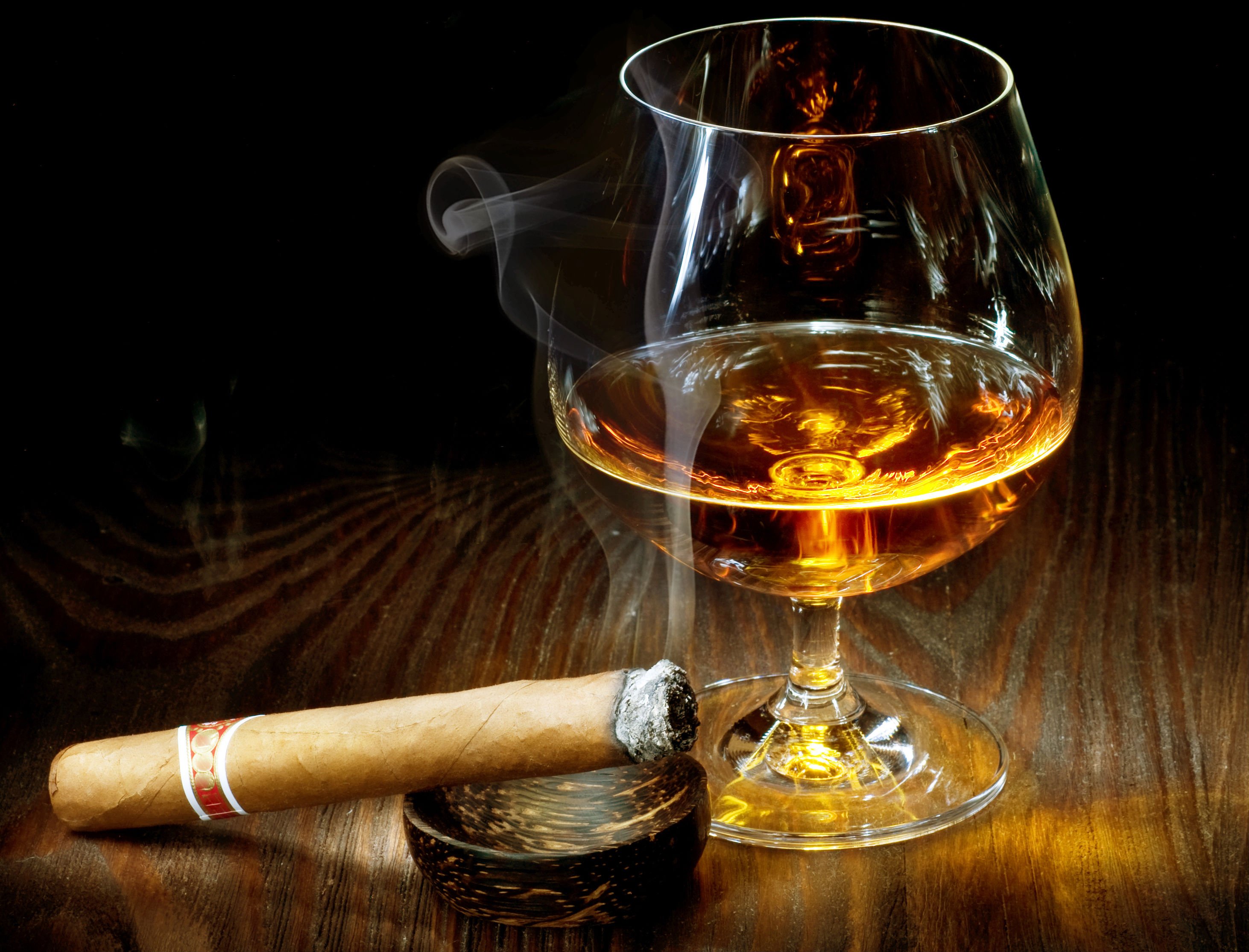
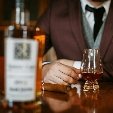



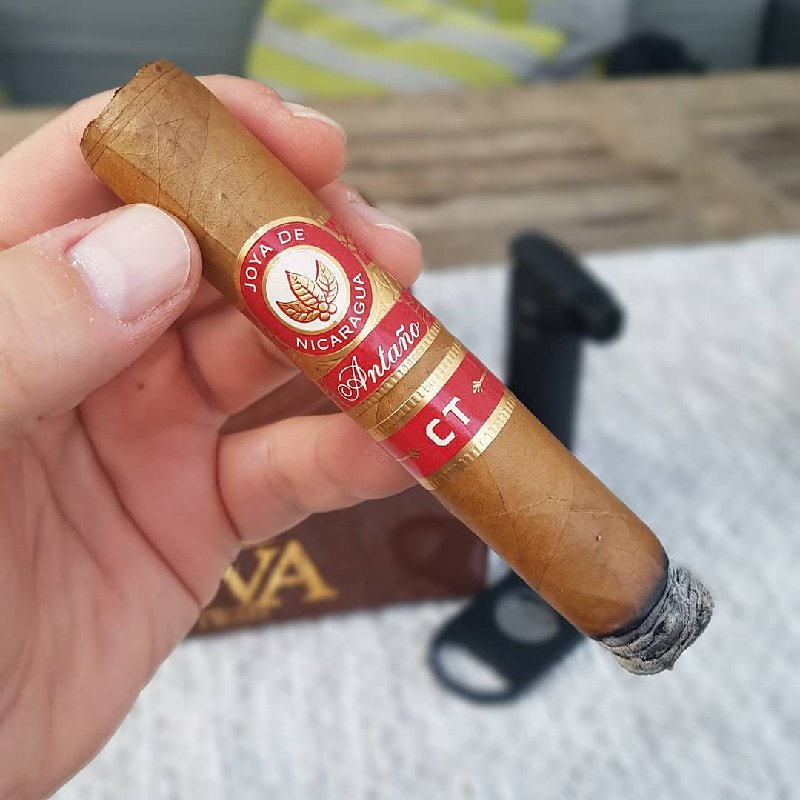


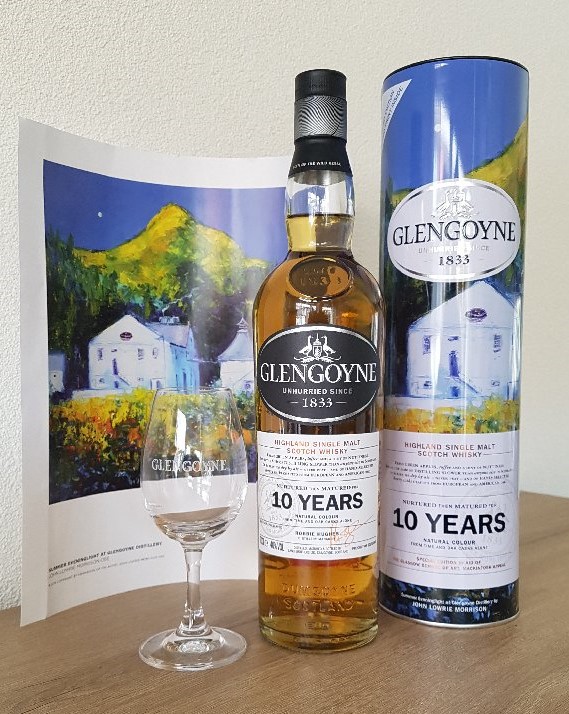





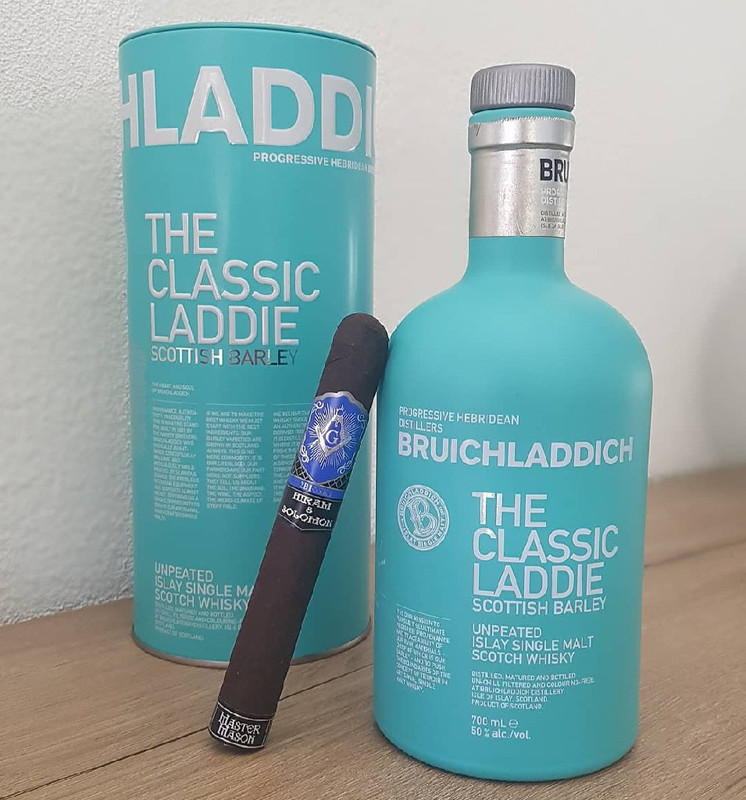
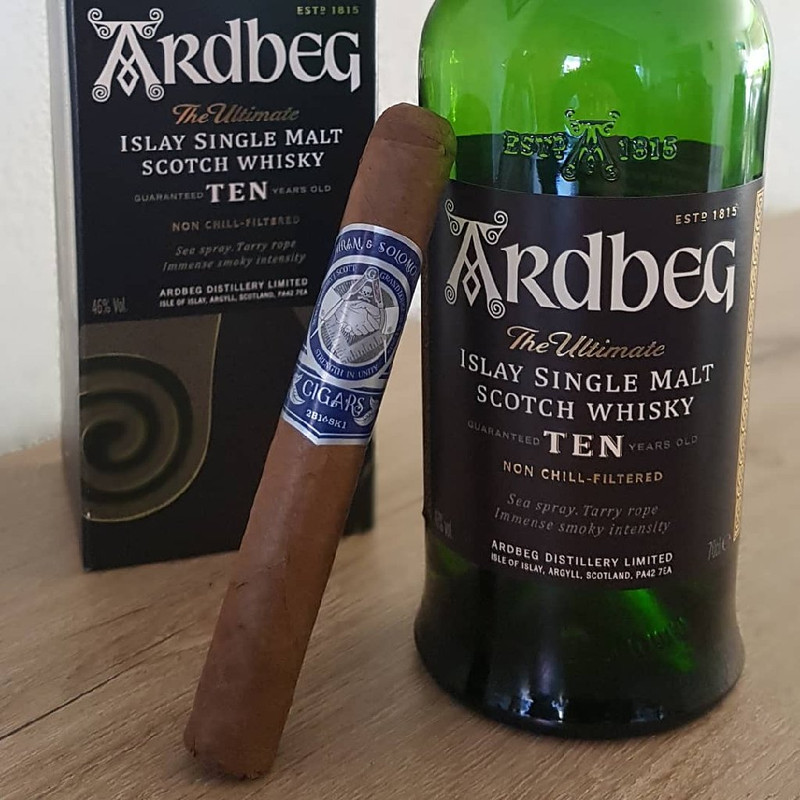

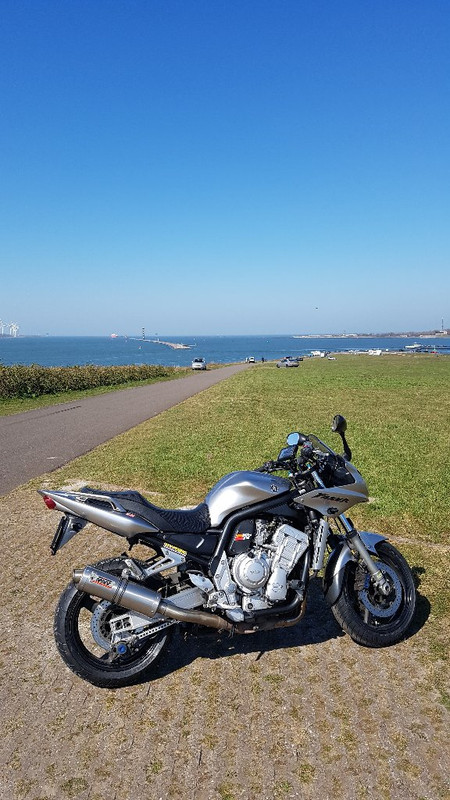
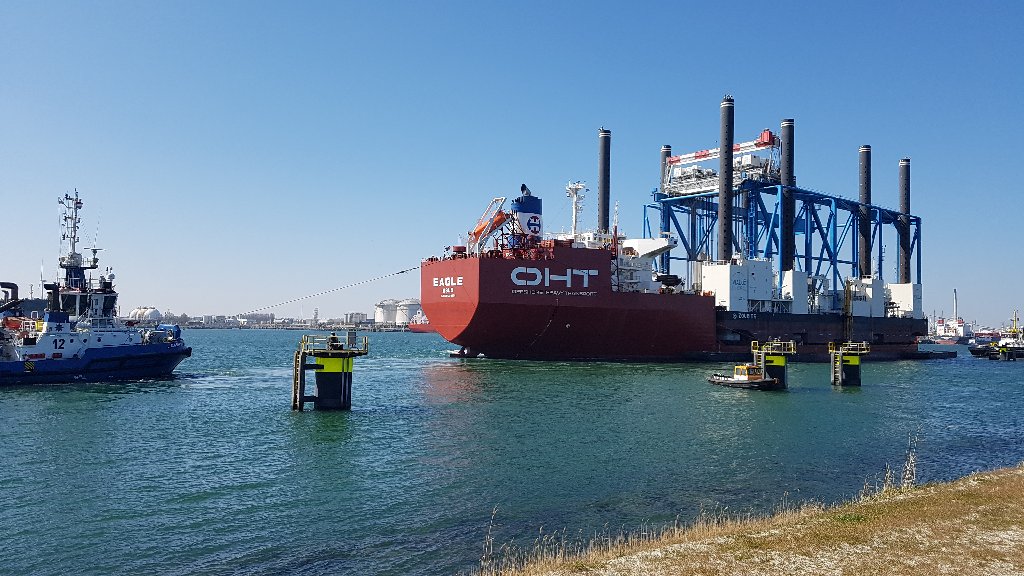


Poslednji utisci sa posla
in Dijaspora
Posted
Ne, by cargo volume.